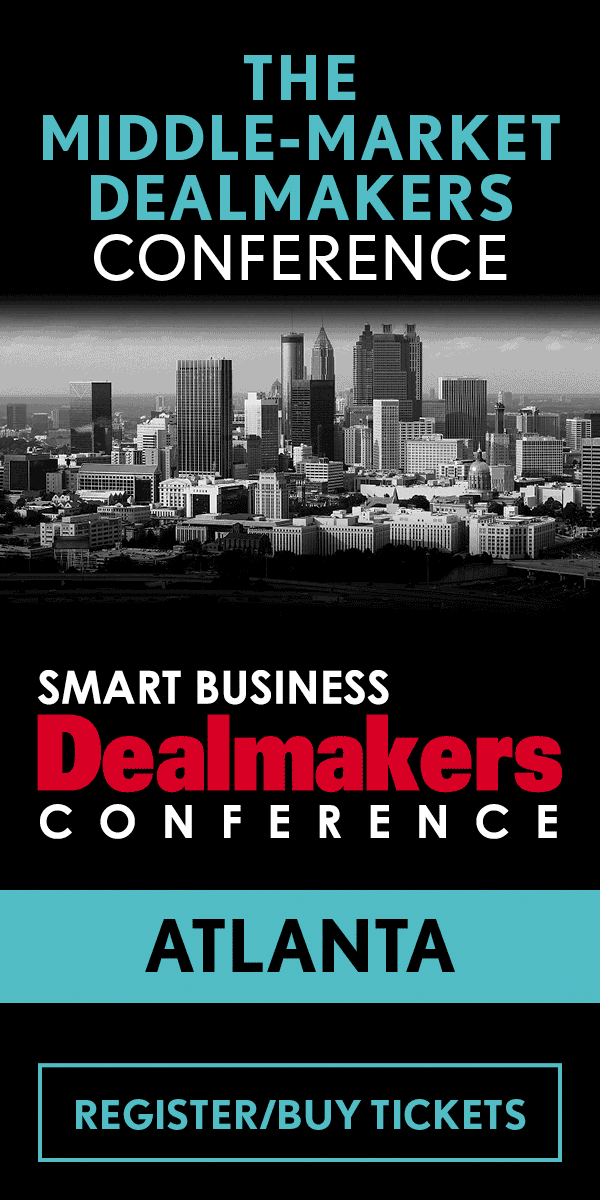One of the biggest frustrations in dealmaking occurs when unexpected guests are inadvertently invited to the party, says Harry Cendrowski.
“You have to have a pretty confidential model so people don’t know what you’re working on, other people who are not involved,” says Cendrowski, founding member and managing director at Cendrowski Corporate Advisors. “The worst thing you can do is create an environment where other competitors for your clients are aware that somebody’s in play. It’s important to make sure whatever things that you have in place are going to stay confidential.”
Unfortunately, people are creatures of habit, Cendrowski says. It’s not always easy to change, even if change is what is urgently needed.
“If somebody’s done something before, it’s likely they are going to do it again,” he says. “How do you get somebody who has been a poor performer to be an average or a great performer? It’s just not in their DNA. Any time you rush into these things, the likelihood is that you’re not going to do very well. And the statistics will show that over time.”
This week, we return to our conversation with this veteran dealmaker to learn more about strategies he has used to succeed in his dealmaking endeavors.
Don’t be hasty
Making an acquisition is 90 percent preparation and 10 percent execution, Cendrowski says.
“You need to make sure that you’ve done your homework and really studied and understand whatever industry you’re getting into,” he says. “You need to understand what the market is. But if you rush your timing or you rush any part of the process, the likelihood of you having a successful acquisition and, later on down the road, a disposition, is going to be that much less because there were things that you probably should have considered that you didn’t.”
With frothy multiples occurring in deals across the marketplace, it’s become a very competitive environment, and pressure is often felt to get a deal done. Your best defense against making a big mistake is to resist that pressure and to learn to say no.
“The best deals are often the ones you don’t get involved with because you have the discipline to say no,” he says. “You like the companies, you like everything else, but the price is just too high. You have to learn to say no.”
Do it the right way
Firms that tend to get better rates of return are the ones that put the time, effort and money into due diligence.
“The ones who don’t do that are going to see more mediocre results,” Cendrowski says. “Let’s say a fund buys eight to 10 portfolio companies. If you look at the track record of the private equity or venture capital firm and they’re always relying on two or three of the portfolio companies for them to hit a grand slam, that means that there’s a high level of risk in their investments.
“Conversely, if you find another firm in the same industry with six to eight of those companies always getting doubles or triples, to use a baseball parlance, that’s somebody that you want to be with because they’re not taking as much risk. You know that they’re looking at solid companies and they are doing their due diligence.”
In these cases, there is often a big dispute after the acquisition that could have been avoided if the company had done its due diligence properly.
“Let’s assume a company has its top 10 customers,” Cendrowski says. “As due diligence, you would go to those top 10 customers and ask them how they’re doing and what’s the likelihood of them continuing to do business. If you don’t do that, or you do it half-heartedly, you have just put on a much larger layer of risk because you don’t know if one or two of those clients have said, ‘I’m leaving. I’m bringing what I’m buying from you in house. I’m going to a competitor because I don’t think your service has been all that great.’ So it starts with some pretty fundamental levels of due diligence to avoid big problems.”
Related: Harry Cendrowski: Due Diligence Critical To Successful Acquisitions




